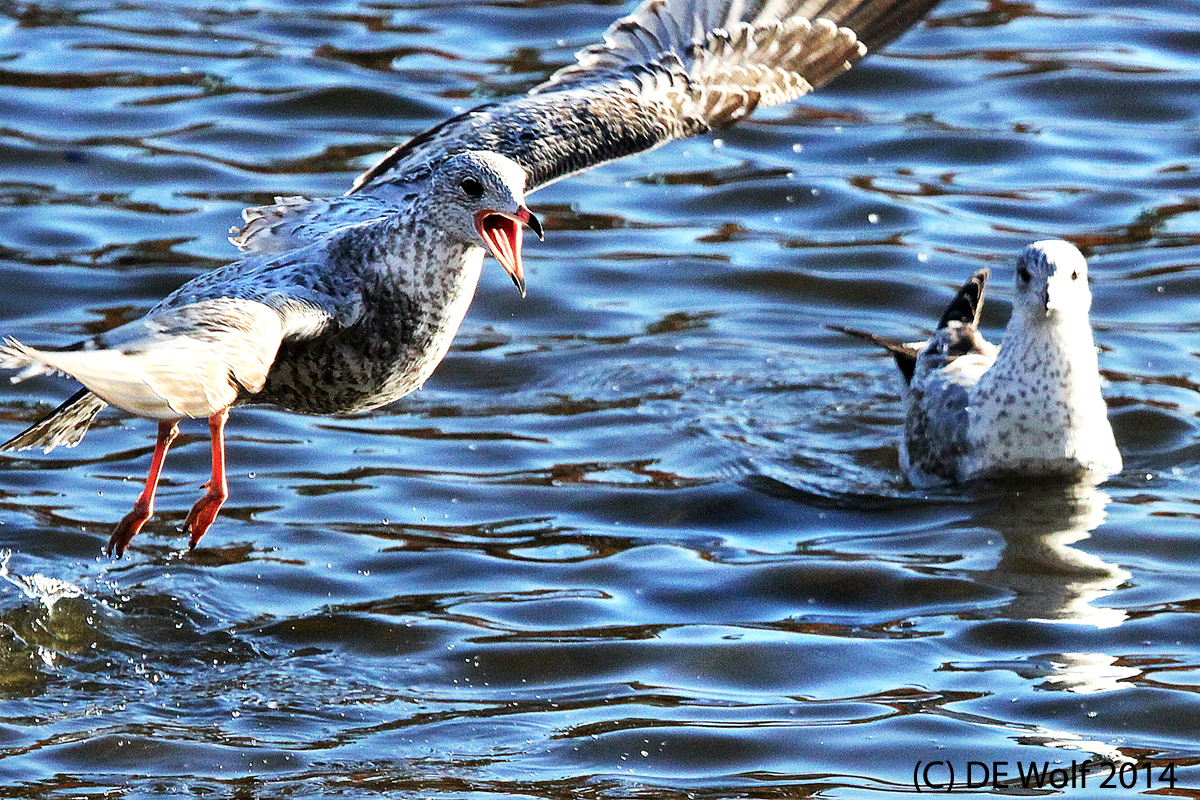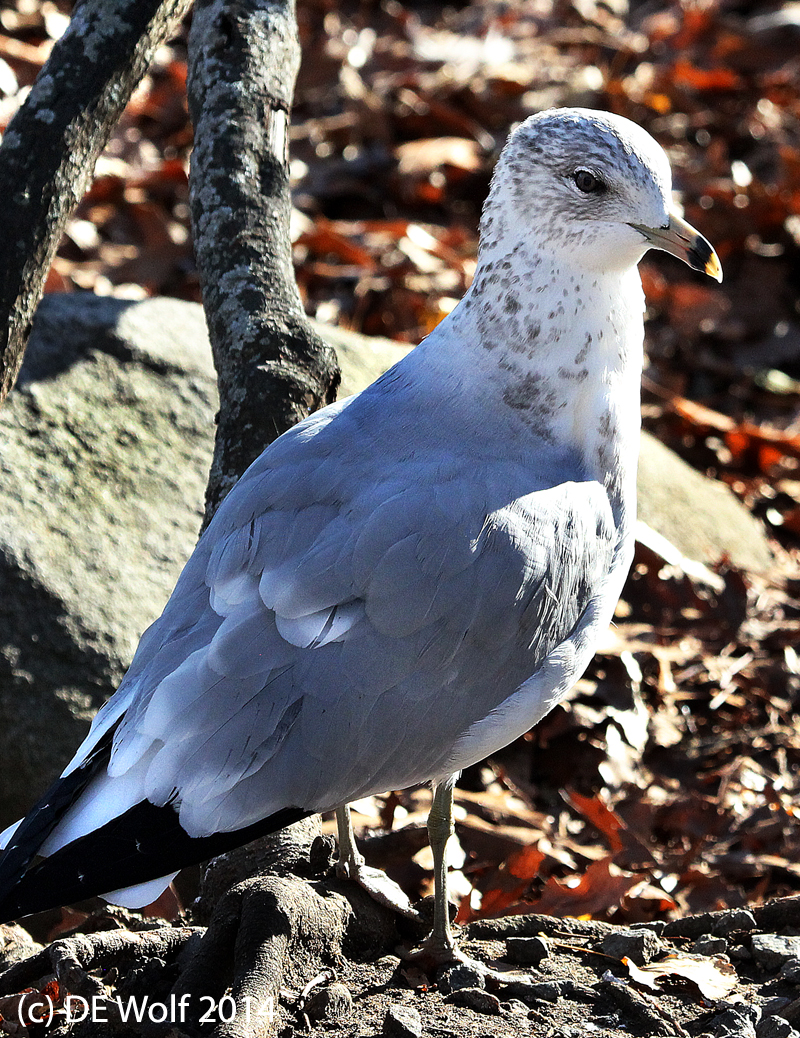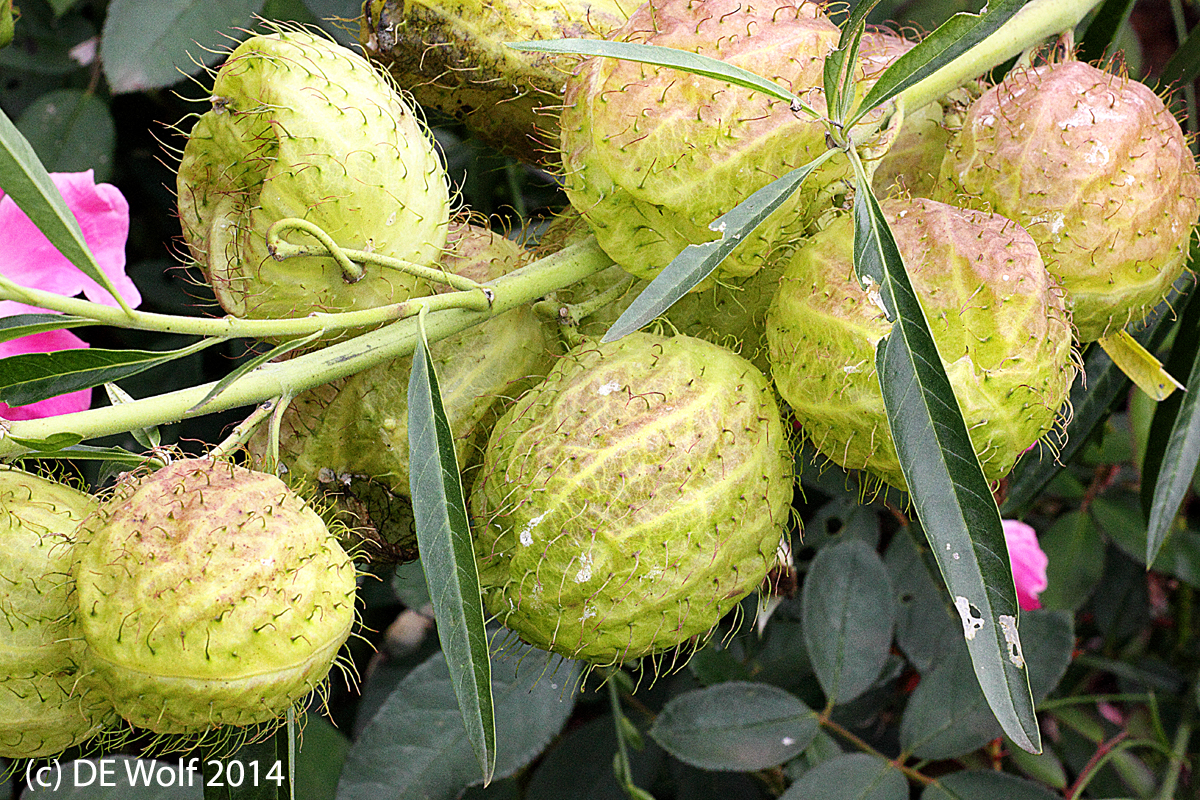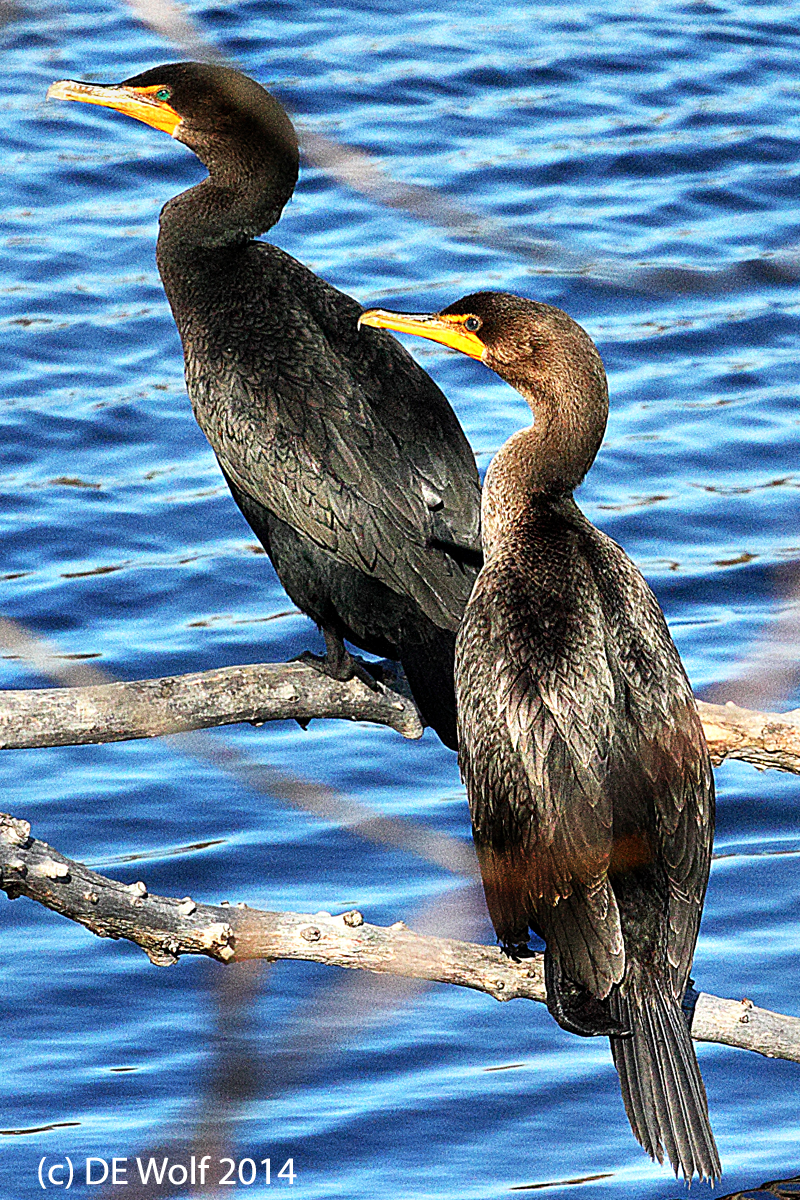Yesterday I discussed the sensation of wondering just what it was like before North America was “civilized.” I used to do this as a child growing up in Manhattan in New York City. And it was a fantasy enhanced by a certain Twilight Zone episode “The Odyssey of Flight 33” in which a commercial airliner breaks the time barrier, while landing in New York City and is sent back first into the prehistoric age (Jurassic judging by the apatosaurs) and then to New York City of 1939. The tale is a modern telling of the Flying Dutchman myth.
Last holiday season I was given an amazing book entitled “Mannahatta: A Natural History of New York City” that tries to take us back. It is the decade-long work of landscape ecologist Eric Sanderson, who reconstructs in words and images the wild island that Henry Hudson first saw in 1609 and which nearly eight million people now call home. Sanderson re-creates the forests of Times Square, the meadows of Harlem, and the wetlands of downtown. Computer generated imagery truly takes us back to what it was like and I highly recommend this book to readers who share my childhood sense of wonder.





